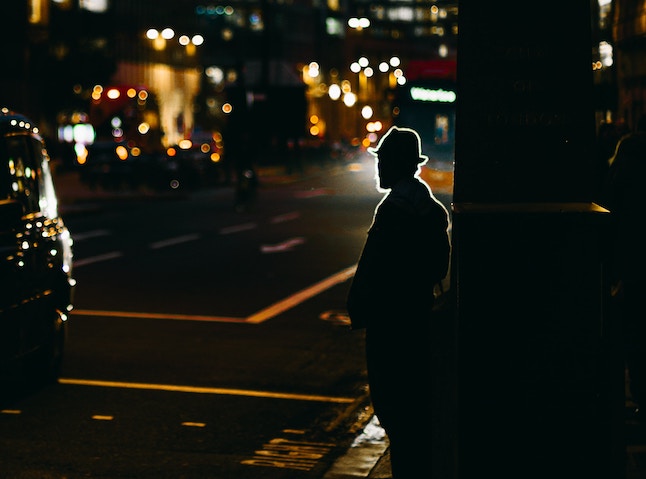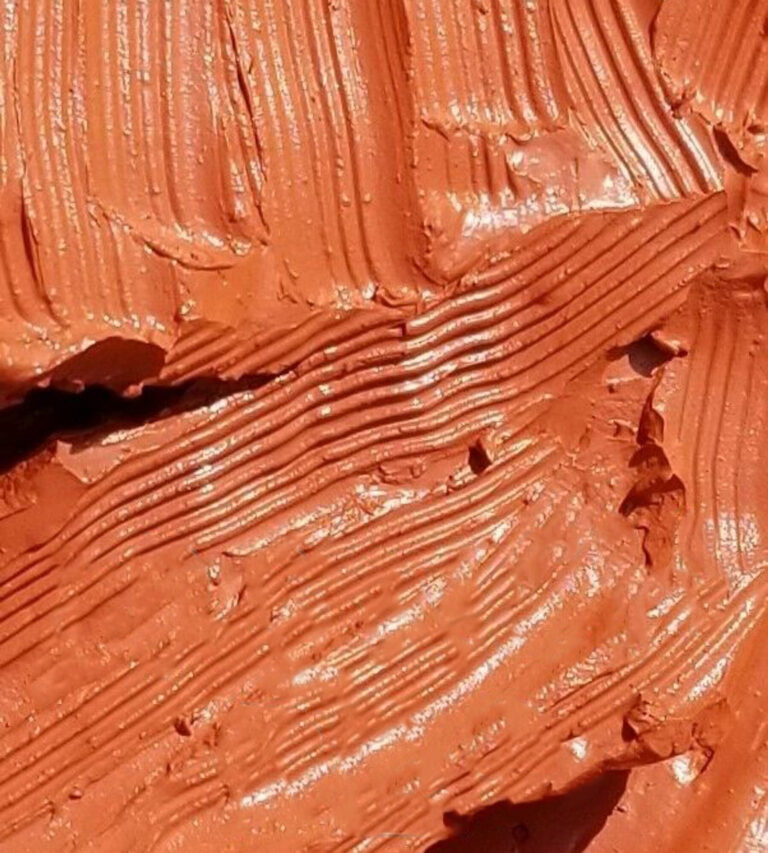Difference Between Evidence, Clues, and Red Herrings

Important Pieces of Your Mystery Novel The Puzzle
Evidence, clues, and red herrings are all part of your mystery novel’s puzzle. Knowing what each piece is and what they imply will help you sort out the difference and use them to your best advantage in your story.
You’ll be tucking these items in among the scenes in your storyline. Sometimes you want them to be evident to the detective, and other times you want to hide them from your protagonist. Understanding what they are and how they work helps you construct a tight story that keeps readers guessing.
When you write a mystery, you set up a trail for the detective to follow until they discover the killer. The detective is similar no matter what sub-genre you write—traditional mystery, cozy, crime, police procedural, private investigator, etc. That trail leads your readers into the mystery and keeps them turning pages.
Along the trail, your detective protagonist discovers clues that eventually lead him, and the reader, to the perpetrator. As a writer, your job is to plant these clues successfully.
Let’s start with clues and evidence. Evidence can be a clue, but a clue is not necessarily evidence.
What is a Mystery Clue?
In a mystery story, a clue is anything that points the detective to the killer. Oxford Dictionaries explains:
Clue is a variant of the Late Middle English clew, a ball of thread. If you remember your Greek mythology, such things can be very handy when guiding people out of labyrinths – much as a detective unravels a mystery to solve a crime.
As a writer constructing your story, you have endless possibilities to plant and hide clues along your storyline. As you outline your plot, brainstorm ideas for what clues will lead your detective toward solving the puzzle.
Here are some ideas to get you started:
- Physical items the victim left behind – letters, notes, notebooks, a keepsake, tickets, ticket stubs, emails, text messages, etc.
- Dialogue with suspects – voicemail recordings, conversations with the detective, overheard conversations, dialogue with the detective’s opponent or love interest. Even hearsay and gossip can hide grains of truth that are clues.
- Background – cultural paradigms in the victim’s world that make sense within that world. When a victim is part of a specialized world, your detective may need to know about the world in order for pieces to make sense. Think Dick Francis and horse racing. But it could be anything from the gambling underworld to flower shows, or dog breeding, or sculling, or deep water diving, or spiritual cults, or… you get the idea.
Clues are anything the detective learns that point him toward resolving the mystery.
What is Evidence in a Mystery?
Evidence and logic go hand in hand. These are the facts or pieces of information that can prove a proposition. In the world of crime, evidence comprises facts and physical details that can be used in court. Evidence can be examined, hearsay can’t.
In the realm of the mystery writer, evidence is part of the physical clues the detective can use to determine the killer.
In the modern world of forensic science, evidence can be scientific and very detailed. Before using physical evidence as clues, you’ll need to do research to understand how evidence is observed, collected, and used.
Start by understanding how law enforcement works by reading and taking courses. A great place to start is Writer’s Detective, a website with information tailored for writers. If you want to learn more about forensic science, you can start with the University of Strathclyde’s Introduction to Forensic Science, which is available free.
If you use evidence as clues in your mystery, be sure to get the science details right. You will lose readers if you guess.
Red Herrings Are False Clues
In a mystery, a red herring is something that seems like a clue but isn’t. It may be a false statement by one of the characters or a notation in a journal that has no relevance to the murder.
The term red herring comes from hunting hound training in the mid-18th century. Smoked herring, which turned red during the process, was used to distract dogs while they were learning.
In the same way, you want to sprinkle red herrings in your mystery to distract and confound your protagonist and your reader. At the time of discovery, a red herring seems like a clue. Lead your detective down a false trail to create frustration and tension.
Plant Clues in Your Mystery and Watch it Grow
Readers love solving the mystery along with the detective. The clues, evidence, and red herrings you scatter throughout your mystery story engage readers.
Be careful with red herrings. Although readers love clues, they don’t like being tricked. Use one or two red herrings to develop your storyline and use clues for the rest. Too many red herrings will leave your reader feeling cheated.
If you outline or plan your story before you start writing, you’ll be a step ahead by including your clues and red herrings in the plot outline. As you make scene notes, include your clues. String them out throughout the story.
If you write without an outline, you may spend time at the end going back to find the right place to plant your clues and red herrings during the revision process.
Use Discretion with Clues
However important a clue may be, handle it with delicacy. Avoid the blinking neon sign that says, This is a clue. At the same time, don’t make your clue so obscure that the reader will miss it completely. You’ve done your job when the reader thinks, I should have noticed that.
When you plant your clues subtly, your readers will love you for telling a good mystery.
Photo by Clay Banks on Unsplash






